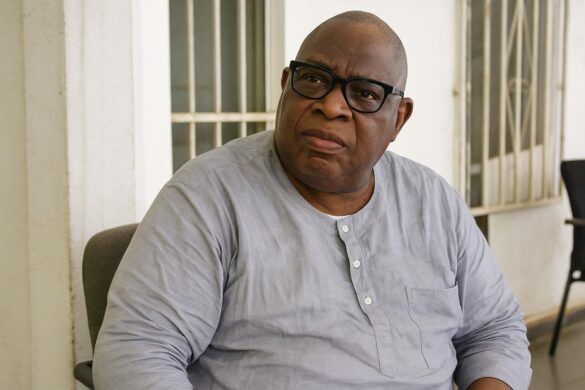Loutaya: A View from Pointe-Noire to Abidjan
A slim yet urgent novel has emerged from the port city of Pointe-Noire. Published by L.M.I, “Loutaya, the Traumatized Widow of Mayita” first took shape during the author’s medical convalescence in Abidjan, where reflections on conflict proved impossible to suppress.
The author transforms hospital memories into fiction, following Loutaya, a widow rooted in the heart of Congo’s Pool region. The result, though only 86 pages, is designed as a literary spark capable of igniting conversations about peace, responsibility, and memory in urban living rooms and village courtyards.
Six Chapters Echo Civil Conflicts
The book unfolds in six tightly connected chapters, each flowing into the next without chronological breaks. Events move rapidly, but the pacing leaves space for readers to remember Congo’s past turmoil and still-unlearned civic lessons.
The civil wars that marked the decade following democratic opening, from the 1990s onward, serve as the story’s unspoken backdrop. The novel doesn’t revisit old grievances or name political figures; it simply places ordinary people at the heart of extraordinary violence.
In doing so, the author quietly asks what long-term social costs remain when weapons fall silent but minds stay troubled. The narrative technique keeps focus on community resilience rather than military maneuvers.
Peace and Forgiveness as Civic Tools
The publisher summarizes the mission on the book’s back cover: peace and forgiveness remain decisive factors in development. The author’s fiction accepts this premise and tests it under literary pressure, portraying forgiveness not as amnesia but as deliberate civic work.
Loutaya’s grief never disappears; rather, it’s channeled into building a social architecture where vengeance cannot take root. The author reminds readers that maintaining peace requires continuous effort, particularly from political actors whose behavior can rekindle embers.
The message feels timely in Brazzaville’s cafés, where political analysts often note persistent distrust between rival camps. Through storytelling, the author proposes empathy as a preventive measure more affordable than reconstruction budgets.
From Mayita to Kolo, Shared Wounds
Although the titular village of Mayita lies in Boko district, Pool department, the narrative frequently detours to Kolo in Mouyondzi, Bouenza. By connecting two localities, the author emphasizes that trauma observes no administrative boundaries.
Readers from Pointe-Noire’s dense neighborhoods or Ouesso’s forest edge may recognize echoes of their own memories in Loutaya’s candlelit monologues.
The author’s mapping of grief is thus national. Every community glimpsed in the book becomes a microcosm where peace work must be repeated, line by line, handshake by handshake.
A Global Mirror for Traumatized Widows
The story deliberately widens its focus beyond Congo. The narrator notes that every country houses widows whose nights are punctuated by memories of violence—whether civil, criminal, or intimate.
By positioning Loutaya among this silent global constituency, the author invites international readers to imagine solidarity networks that transcend
